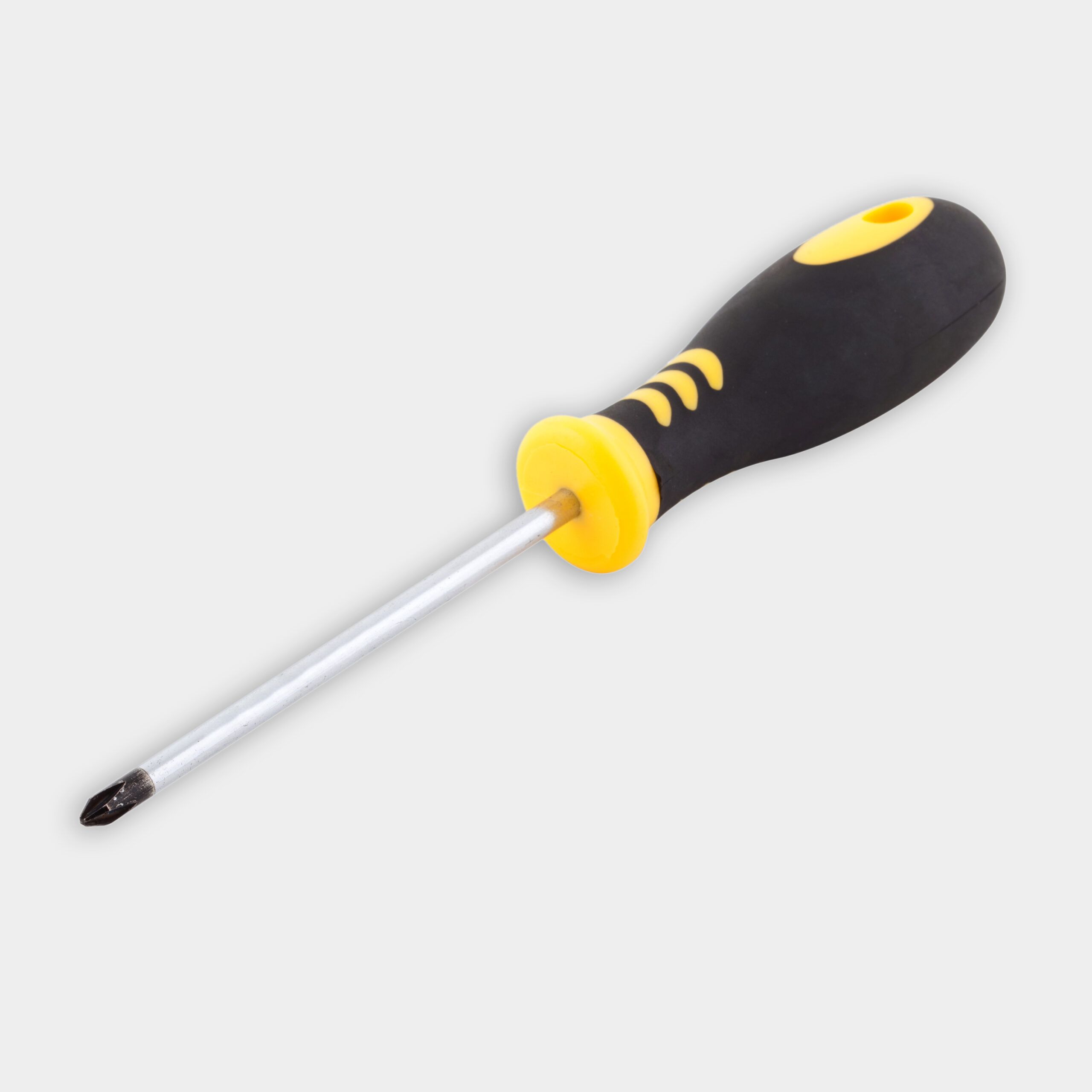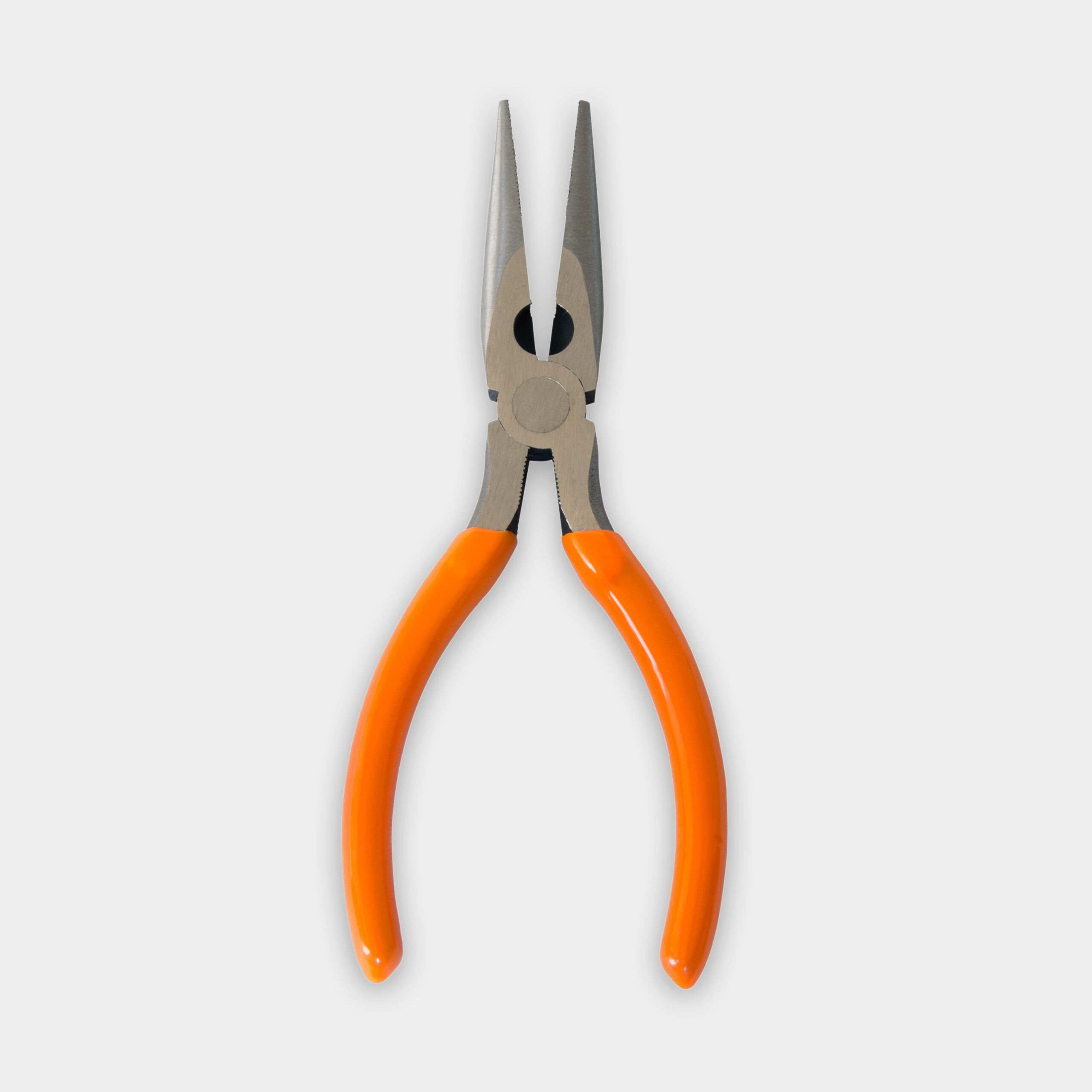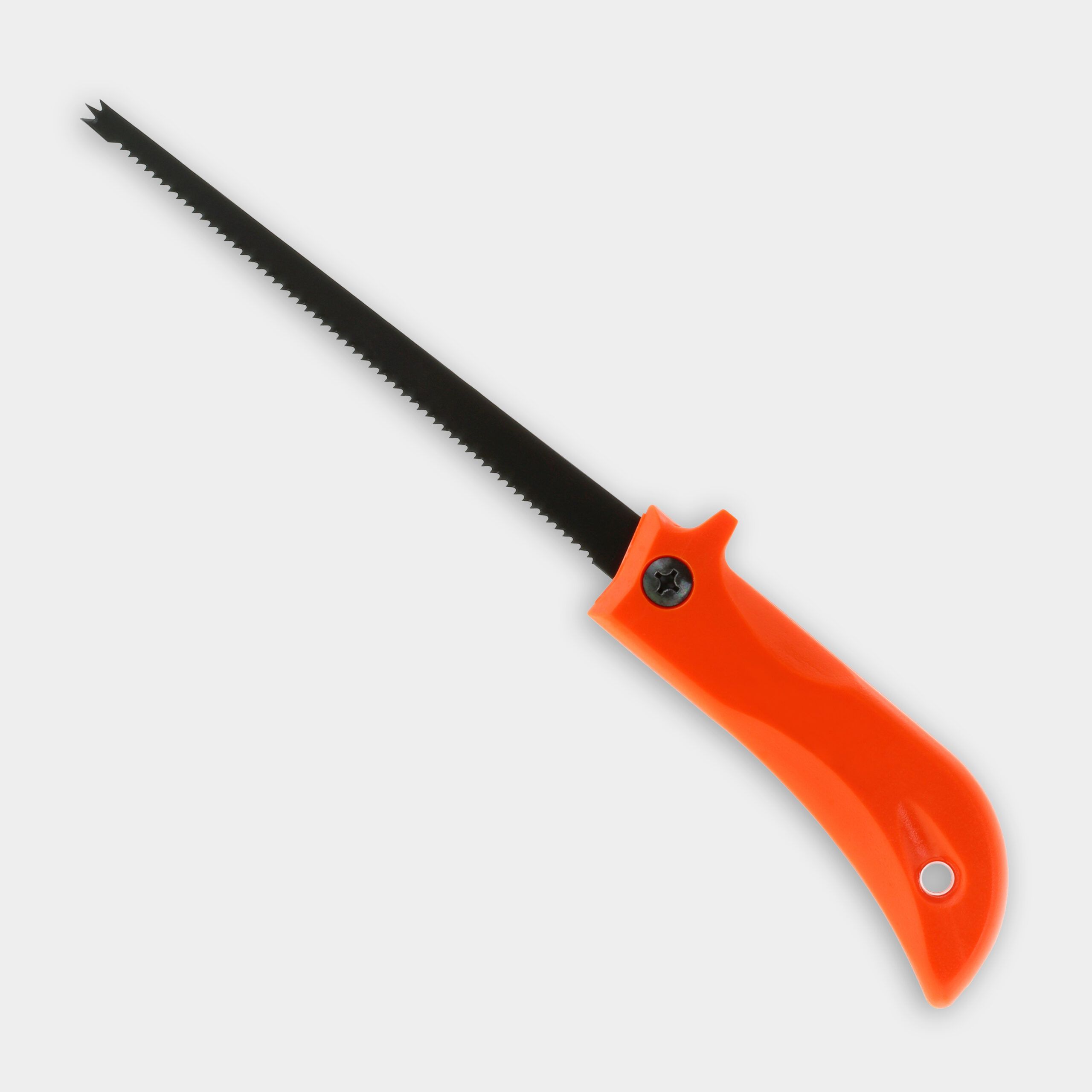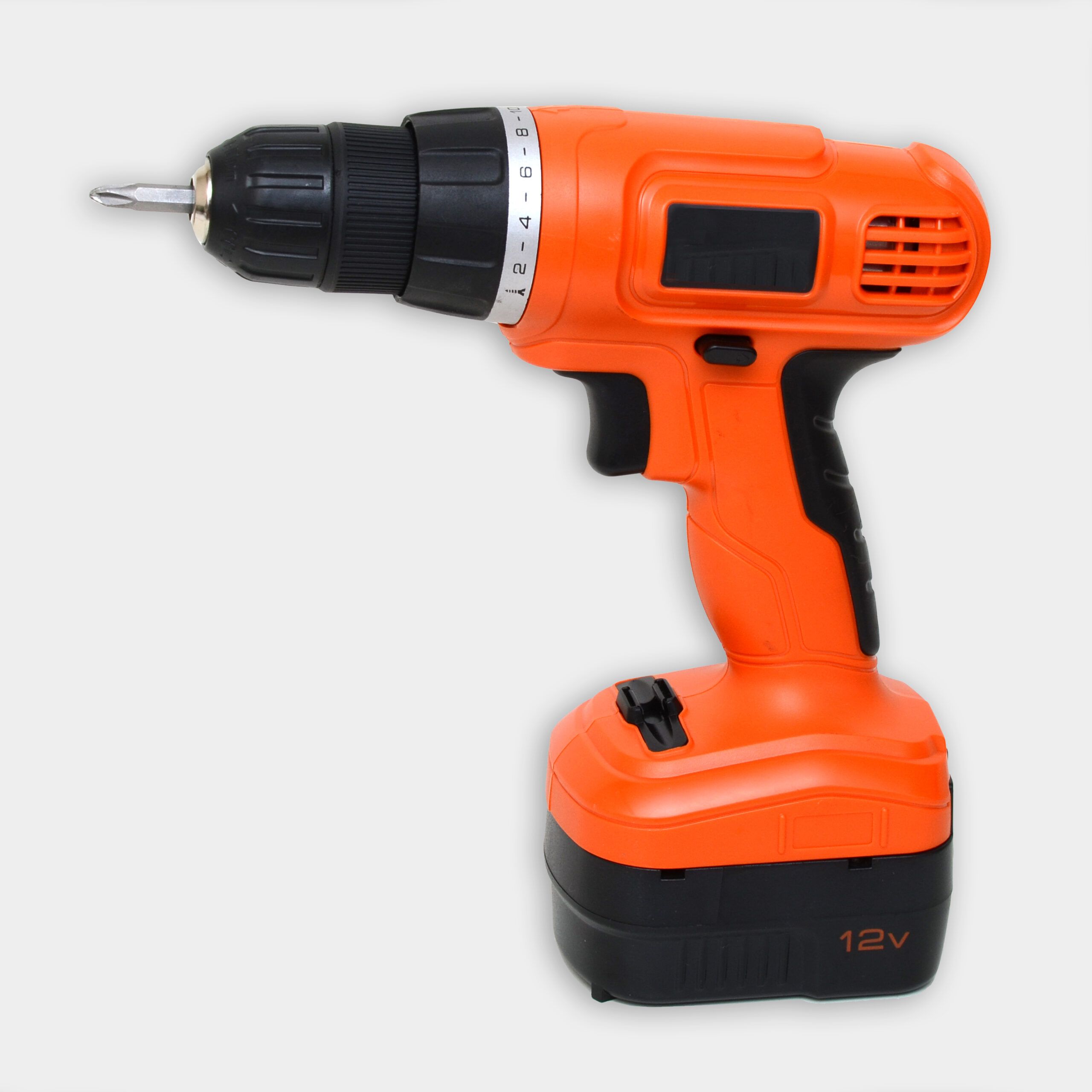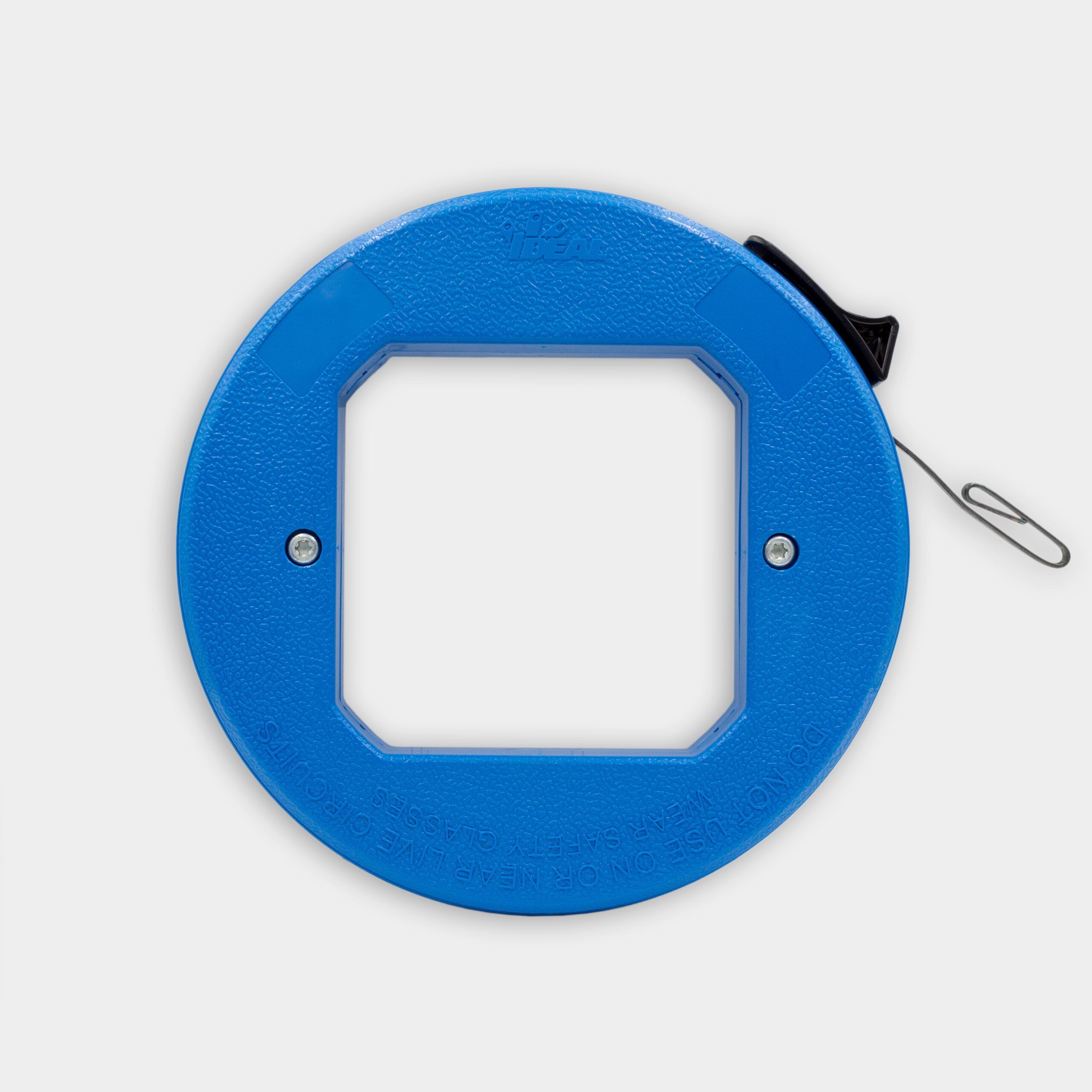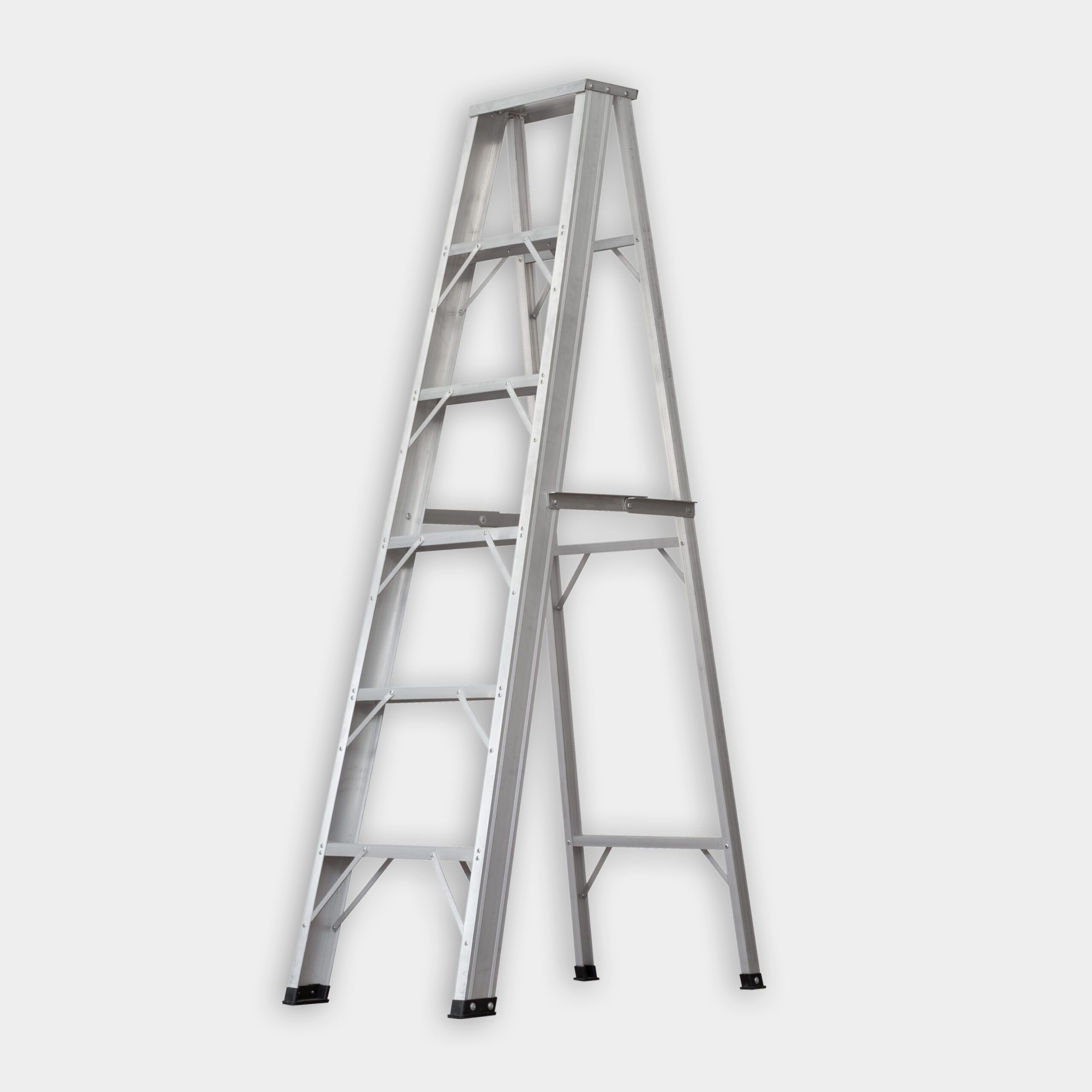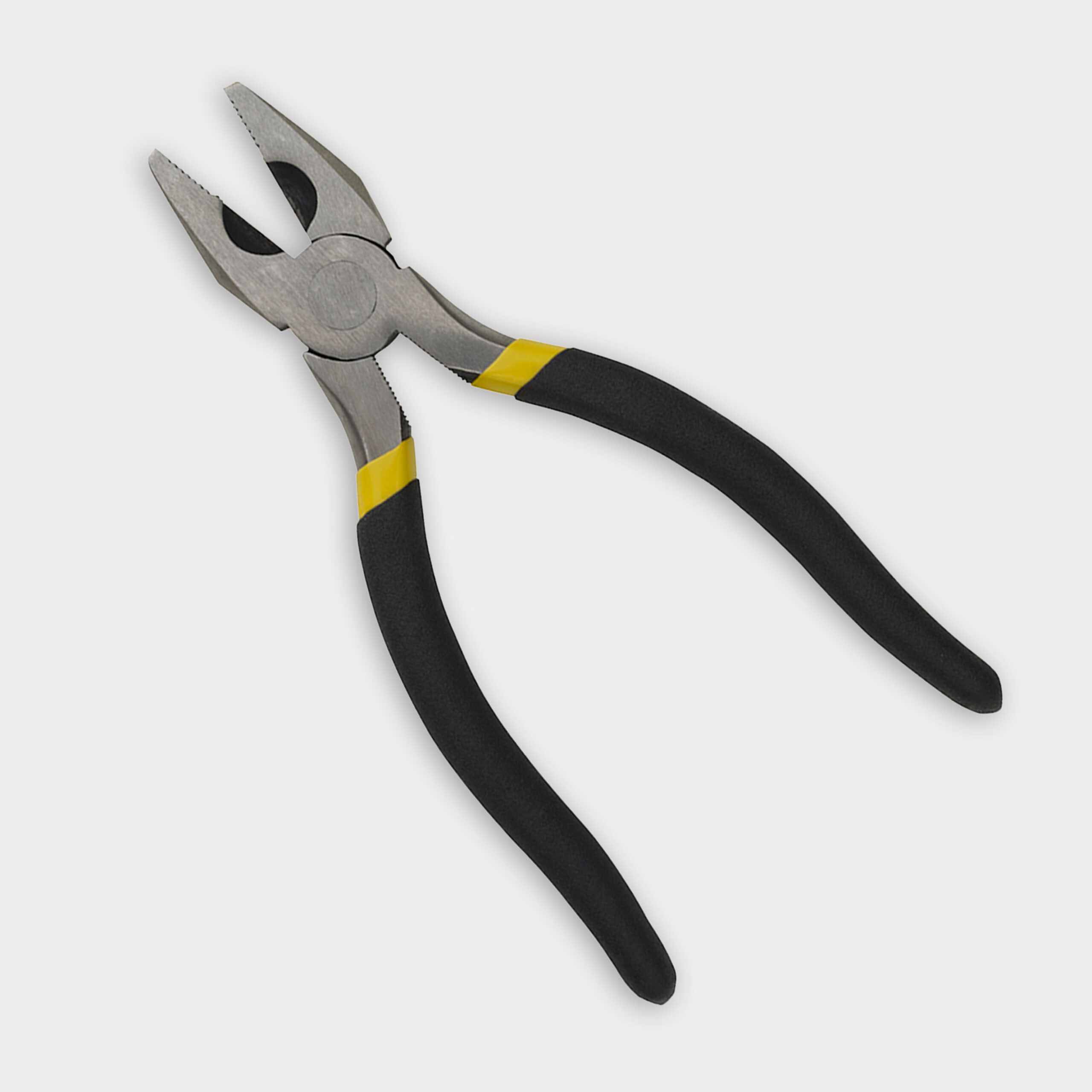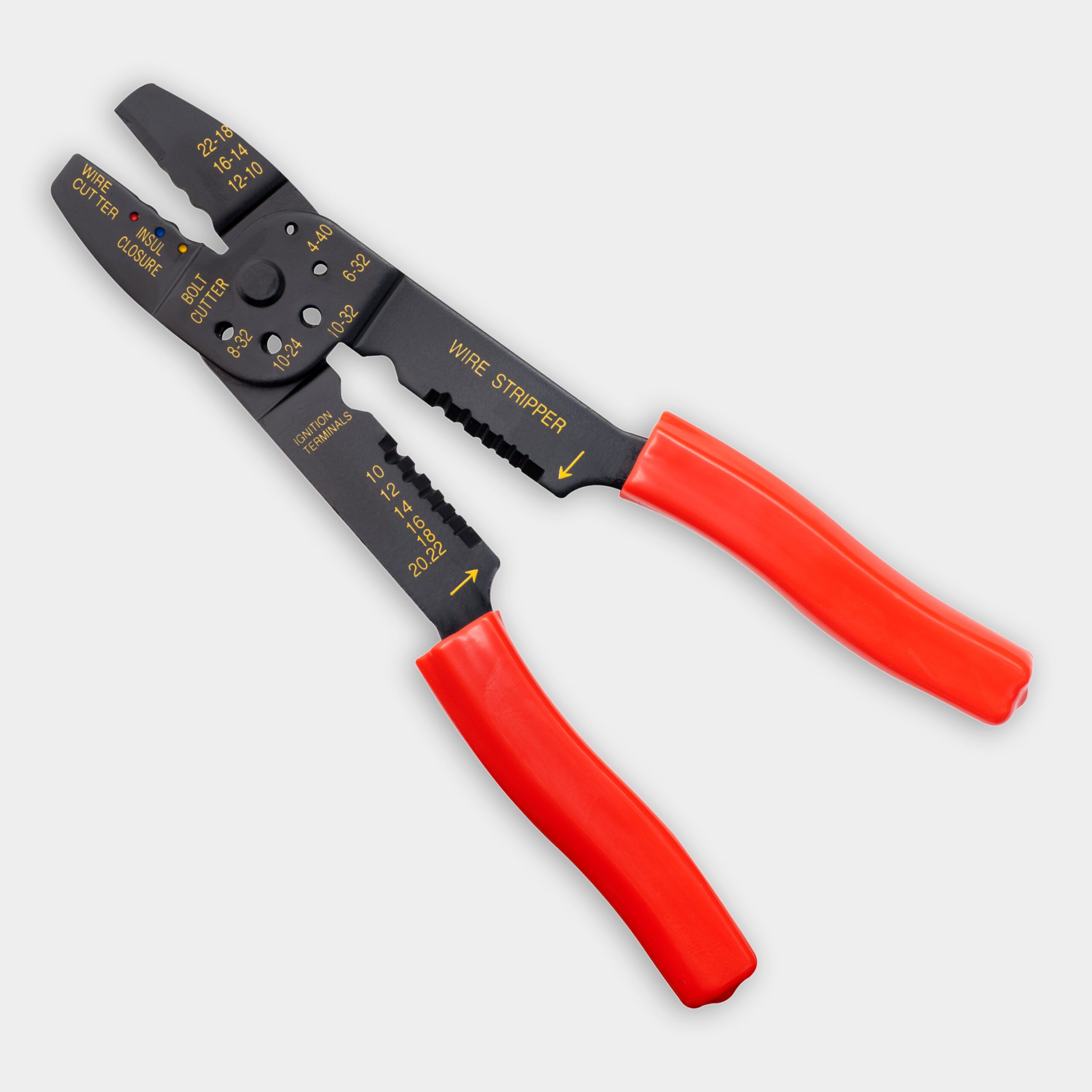Project details
Skill
Cost
Estimated Time
Installing a ceiling fan on a cathedral ceiling can improve air circulation and add a stylish touch to your space. While the angled surface presents some unique challenges, it’s a project many homeowners can tackle with the right tools and techniques. In the video above, This Old House host Kevin O’Connor and electrician Scott Caron show the process of installing a ceiling fan on a cathedral ceiling in a Denver home.
Cathedral Ceiling Benefits and Challenges
With their dramatic slopes and increased height, cathedral ceilings create a sense of airy spaciousness in a room. However, they also present unique challenges when it comes to air circulation and fixture installation.
Cathedral ceilings offer limited access for wiring and installation and uneven air distribution. Heat can accumulate at the ceiling peak, and cathedral ceilings require specialized mounting hardware for light and fan fixtures.
Installing a ceiling fan on a cathedral ceiling can help address some of these challenges by providing better temperature regulation, improved air circulation throughout the room, and potential energy savings by reducing reliance on heating and cooling systems. Stylish fans can enhance the aesthetic appeal of your ceiling.
Preparing for Installation
Before starting installation, gather the necessary tools and materials and take proper safety precautions.
Tools and Materials Needed
To install a ceiling fan on a cathedral ceiling, you’ll need the following:
- Ceiling fan with downrod and mounting bracket
- Cordless drill/driver
- Drywall saw
- Electrical boxes (pancake box and old-work plastic fixture box)
- Electrical wiring (14-2 and 14-3 cables)
- Fish tape
- Linesman pliers
- Needle-nose pliers
- Scaffold and ladders
- Screwdriver
- Wire connectors
- Wire stripper
Safety Precautions
When working with electricity and at heights, safety should be your top priority. Before starting the installation, turn off the power to the circuit at the main electrical panel. Wear safety glasses and work gloves for installation. Use sturdy scaffolding or ladders rated for your weight, and have a helper assist with holding tools and steadying ladders.
Assessing the Ceiling Structure
Before cutting into the ceiling, understand the underlying structure. In the video, O’Connor and Caron discover that the ceiling lacks the expected strapping, which affects their mounting box choice.
- Locate ceiling joists: Use a stud finder to locate the ceiling joists. In a cathedral ceiling, these typically run parallel to the slope. Mark their positions to confirm you can securely attach the fan mounting box.
- Choose the right mounting box: Due to its slim profile, a pancake box is often the best choice for cathedral ceilings. This type of box can be attached directly to the ceiling joist while remaining flush with the drywall surface.
Running Electrical Wiring and Installing the Mounting Box
Proper wiring ensures your ceiling fan’s safe and effective operation, while the mounting box supports the weight of the ceiling fan. In the video, Caron demonstrates how to fish wire through the ceiling cavity and then install a pancake box.
- Access the electrical source: Locate a nearby power source, such as a light switch or outlet. In the video, Caron uses an existing switch box as the power source for the new fan.
- Cut access holes: Use a drywall saw to cut an access hole in the wall near the ceiling directly above the switch box. Drill a 3/4-inch-diameter hole through the top wall plate. Use a drywall saw to cut a second access hole in the ceiling on the opposite side of the wall.
- Fish wire through the ceiling: Use fish tape to guide the wire through the ceiling cavity. Attach a length of 14-3 electrical cable to the lower end of the fish tape, and pull the cable up through the wall to the access hole at the top wall plate. Push the fish tape from the top plate to the second access hole in the ceiling. Attach the cable to the fish tape, then pull the cable across the ceiling to the second access hole. Use the mounting box as a template to trace the outline on the ceiling, and cut a round hole in the ceiling at the ceiling fan location. Push the fish tape from the second access hole down to the ceiling fan hole. Attach a 14-2 electrical cable to the end of the fish tape, then pull the cable to the second access hole.
- Connecting the wiring: At the second access hole, install an old-work plastic fixture box, then make the wire connections: white to white, black to black, and bare copper ground to bare copper ground. In the video, Caron leaves the red wire unattached.
- Attach mounting box: Attach the pancake box directly to the ceiling joist using the provided screws. Ensure it’s flush with the ceiling surface and securely fastened to support the fan’s weight.
Mounting the Ceiling Fan
With the box in place and wiring run, you’re ready to install the fan itself.
- Attach the mounting bracket: Secure the fan’s mounting bracket to the pancake box using the provided screws. Confirm it’s level and firmly attached.
- Install the downrod: A longer downrod is typically necessary for cathedral ceilings. In the video, Caron uses a 3-foot downrod for proper clearance between the fan blades and the sloped ceiling. This setup allows the fan to operate efficiently without being obstructed by the ceiling.
- Hang the fan: Carefully lift the fan motor assembly and attach it to the mounting bracket. This usually involves hanging the fan’s ball joint on a hook or slot in the bracket. Make sure the fan is secure before proceeding to the next steps.
- Balance the fan blades: Balancing the fan blades prevents wobbling and provides smooth operation. To do so, use the balancing kit supplied by the manufacturer.
Making Electrical Connections
Connect the fan wires to the house wiring based on the wire color:
- Black to black (hot): The black wire is the hot wire, which is responsible for carrying electrical current from the power source to the fan. Connecting the black wires gives the fan the necessary power to operate.
- Green or bare copper to green or bare copper (ground): The green or bare copper wire is the ground wire, which provides a path for electrical current to safely return to the ground in case of a short circuit. Connecting the ground wires helps protect against electrical shock and ensures the fan operates safely.
- White to white (neutral): The white wire is the neutral wire, which carries electrical current back to the power source after it has passed through the fan. Connecting the neutral wires completes the electrical circuit, allowing the fan to function properly.
Use wire nuts to secure these connections, and tuck them neatly into the mounting box. Check that all connections are tight and secure to avoid any electrical issues. Once the wiring is complete, raise the fan’s canopy to cover the mounting bracket and wiring. Secure it in place with the provided screws.
Finishing Touches
With the fan secure and wired, you can complete the installation with a few final touches:
- Install the light kit: If your fan includes a light kit, attach it to the bottom of the fan following the manufacturer’s instructions. In the video, Caron installs a halogen light kit and notes the importance of not touching the bulb with bare hands. Oils from your hands can shorten the life of the bulb.
- Test the fan: Turn the power back on and test the fan’s operation using the provided remote control. Check for any wobbling or unusual noises, which may indicate the need for adjustments.
- Troubleshoot common issues: If you encounter any issues, such as wobbling, unusual noises, or electrical problems, consult the fan’s manual for troubleshooting tips. Minor adjustments can often resolve these issues.
Our Conclusion
Consult a professional if you need clarification on any aspect of the electrical work or mounting process. Regardless of your skill level, you can complete this project successfully with careful planning and execution.
To keep your fan running smoothly, regularly dust the blades, check the balance, and make sure that all screws are tight. Regular maintenance will prolong the life of your ceiling fan and ensure that it continues to operate efficiently.
